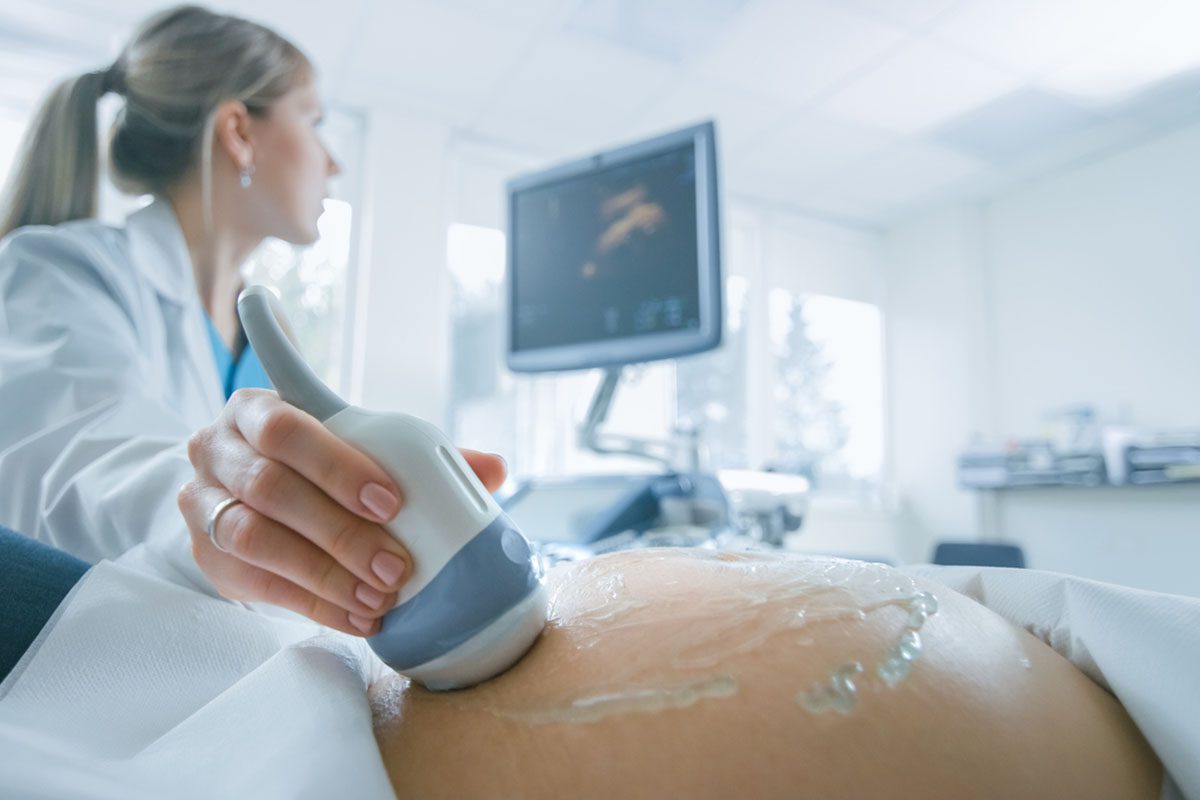Prescription Medication Abuse Among Women in an Obstetrics/Gynecology Clinic
To the Editor: In a previous study,1 we confirmed among internal medicine outpatients a relationship between the self-reported abuse of prescription medications and 2 self-report measures of borderline personality symptomatology. We found no differences in gender,2 which is in contrast to the extant literature on borderline personality suggesting that males invariably evidence higher rates of alcohol/substance misuse.3-7 In the present study, we examined the relationship between the self-reported abuse of prescription medications, borderline personality symptomatology, and alcohol abuse in an obstetrics/gynecology sample.
Method. Participants were female outpatients, aged 18 years or older, seeking nonemergent care in a university-affiliated obstetrics/gynecology clinic. Exclusion criteria were psychiatric, medical, cognitive, or intellectual difficulties of a severity that would preclude the candidate’s ability to complete a survey.
As patients arrived at the clinic, one researcher (J.C.) solicited each, informally assessed exclusion criteria, and invited candidates to complete a 4-page survey. The cover page of the survey contained the elements of informed consent, and completion of the survey was presumed to be implied consent (specified on the cover page). We used item 13 of the Self-Harm Inventory8 to assess prescription medication abuse (“Have you ever intentionally, or on purpose, abused prescription medication?”). To assess borderline personality symptomatology, we used the borderline personality scale of the Personality Diagnostic Questionnaire-4 (PDQ-4),9 a self-report measure that is based directly on the criteria for borderline personality in the DSM-IV. We used item 6 of the Self-Harm Inventory to determine history of alcohol abuse (“Have you ever intentionally, or on purpose, abused alcohol?”).8 Data were collected in October 2010. This project was approved by an institutional review board.
Results. The 371 participants ranged in age from 18 to 61 years (mean = 26.35, SD = 7.47). Participants were primarily white (55.0%) or African American (38.8%). Most had never been married (72.8%), with the remaining individuals being married (16.8%), divorced (6.6%), separated (3.3%), or widowed (0.5%). Approximately 88% had at least completed high school, with 13.5% having completed a college degree. Most participants reported government insurance (78.4%) or private insurance (6.1%), with the remaining 15.5% reporting self-pay or no insurance.
The prevalence of self-reported prescription substance abuse, borderline personality symptomatology, and alcohol abuse in this sample was 11.5%, 20.5%, and 22.4%, respectively. The correlation between the abuse of prescription medication and presence of borderline personality symptomatology per the PDQ-4 borderline personality scale was 0.36 (P < .001). Likewise, the correlation between the abuse of prescription medication and the abuse of alcohol was 0.40 (P < .001).
The limitations of this study include the self-report nature of all data, including personality disorder diagnosis (eg, risk of false positives), and the somewhat atypical nature of the sample (eg, single women of low socioeconomic status). However, findings indicate that prescription substance abuse is reported by a significant minority of patients and demonstrates relationships with both borderline personality symptomatology and the abuse of alcohol. These interrelationships are important in terms of fully assessing patients who present with any 1 of these 3 syndromes.
References
1. Sansone RA, Lam C, Wiederman MW. The abuse of prescription medications: a relationship with borderline personality? J Opioid Manag. 2010;6(3):159-160. PubMed
2. Sansone RA, Lam C, Wiederman MW. The abuse of prescription medications in borderline personality disorder: a gender comparison. Prim Care Companion J Clin Psychiatry. 2010;12(6):e1. PubMed
3. Zanarini MC, Frankenburg FR, Dubo ED, et al. Axis I comorbidity of borderline personality disorder. Am J Psychiatry. 1998;155(12):1733-1739. PubMed
4. Zlotnick C, Rothschild L, Zimmerman M. The role of gender in the clinical presentation of patients with borderline personality disorder. J Pers Disord. 2002;16(3):277-282. PubMed doi:10.1521/pedi.16.3.277.22540
5. Johnson DM, Shea MT, Yen S, et al. Gender differences in borderline personality disorder: findings from the Collaborative Longitudinal Personality Disorders Study. Compr Psychiatry. 2003;44(4):284-292. PubMed doi:10.1016/S0010-440X(03)00090-7
6. Grant BF, Chou SP, Goldstein RB, et al. Prevalence, correlates, disability, and comorbidity of DSM-IV borderline personality disorder: results from the Wave 2 National Epidemiologic Survey on Alcohol and Related Conditions. J Clin Psychiatry. 2008;69(4):533-545. PubMed doi:10.4088/JCP.v69n0404
7. Tadić A, Wagner S, Hoch J, et al. Gender differences in Axis I and Axis II comorbidity in patients with borderline personality disorder. Psychopathology. 2009;42(4):257-263. PubMed doi:10.1159/000224149
8. Sansone RA, Wiederman MW, Sansone LA. The Self-Harm Inventory (SHI): development of a scale for identifying self-destructive behaviors and borderline personality disorder. J Clin Psychol. 1998;54(7):973-983. PubMed doi:10.1002/(SICI)1097-4679(199811)54:7<973::AID-JCLP11>3.0.CO;2-H
9. Hyler SE. Personality Diagnostic Questionnaire-4. New York, NY: New York State Psychiatric Institute; 1994.
Author affiliations: Departments of Psychiatry and Internal Medicine (Dr Sansone) and Department of Obstetrics/Gynecology (Dr Jewell), Wright State University School of Medicine (Ms Chang), Dayton, Ohio; Department of Psychiatry Education, Kettering Medical Center, Kettering, Ohio (Dr Sansone); and Department of Psychology, The University of Alabama, Tuscaloosa (Ms Marion).
Potential conflicts of interest: None reported.
Funding/support: None reported.
Published online: March 1, 2012.
Prim Care Companion CNS Disord 2012;14(2):doi:10.4088/PCC.11l01242
© Copyright 2012 Physicians Postgraduate Press, Inc.




